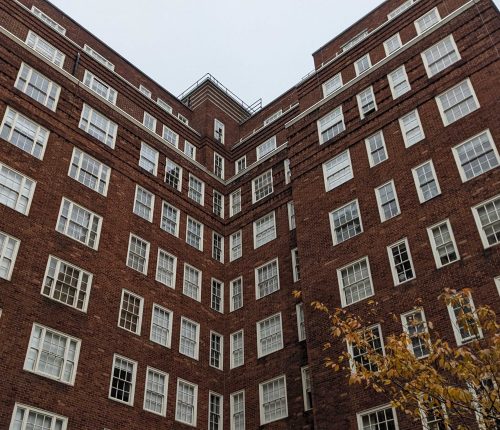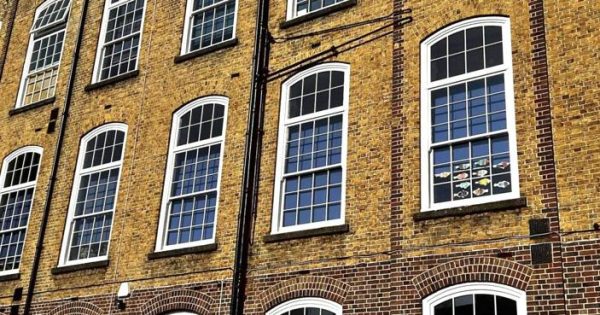Sat Dec 10
Sash windows, made of glass panels and frames, have been around for some time. While they were popular for a considerable period, they are not usually the type of window style you may see on more modern-styled houses. However, that doesn’t mean that they are not still around.
For the most part, sash windows are usually installed in more traditional buildings. Whilst they are still installed in modern times, this is typically part of a restoration or replacement in a property where sash windows are already installed.
How do sash windows work?
Let’s remind ourselves precisely what sash windows are and how they work. This style of window is made from two framed panels of glass (in most cases) that are then held together by a larger frame, where the window sits in the building.
The two inner panels are slightly bigger than half of the window’s height; this means they overlap. They can then be slid up and down to open and close the window.
When did sash windows start to be used?
Windows were only sometimes a feature within a building, and it was not until the 16th century that the holes that were cut into walls had glass that could add to the overall look and character of the house.
During the 17th century, another step was taken by the French, and they changed the horizontally opening sash windows into vertically opening windows. This style quickly increased in popularity and is often the style of windows still used today.
Why did sash windows stop being used?
Sash windows were an essential and much-used window style for many homes throughout the UK. However, there was a change in this approach, which meant that sash windows were different from the usual style that people opted for in their homes.
One reason for this is the Great Fire of London in 1666. After the devastation the fire caused for those in London, it was decided that windows made with wooden frames had to be recessed behind either brick or stones in the property. This changed how sash windows looked and led to the Georgian windows style instead.
Another reason that windows changed was due to Window Tax. The glass tax was introduced during the late 1600s and was related to window pan size. The smaller the panes of glass in the window, the cheaper it made the tax.
This meant that the only properties that were likely to have larger panes of glass, such as what you will see in sash windows, would be those that were wealthy. The window tax was removed in 1845, which meant that larger window panes became an affordable option for members of the public.
Since then, sash windows have remained popular in traditional buildings. This gives the building a more classic look and is upmarket and elegant. Something that many people love and aspire for in their homes.





